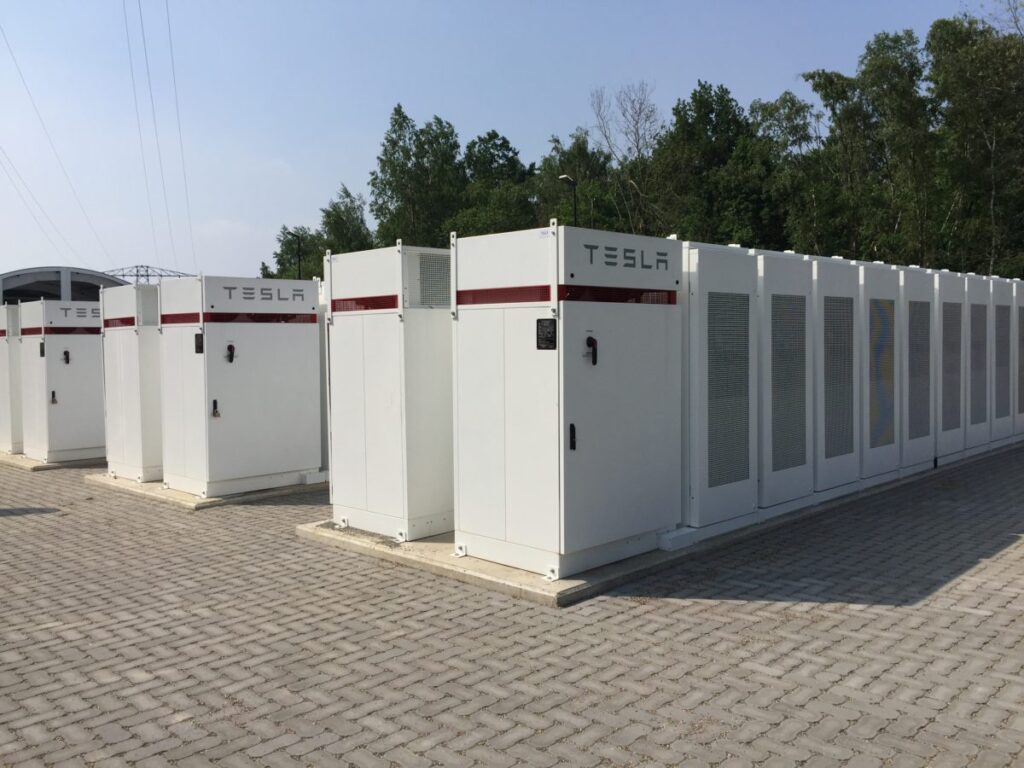Early retirement of coal-fired power plants in APAC region good for bottom line: study

An Asia-focused study led by researchers from Australia’s Griffith University, in collaboration with Singapore-headquartered energy transition advisory firm Climate Smart Ventures and researchers at China-based Fudan University Green Finance and Development Centre, has found that early retirement of coal-fired power plants can financially benefit investors.
The study demonstrates that coal plants in Vietnam and Pakistan could be retired three to 13 years earlier than scheduled while preserving or increasing financial returns.
Published in the academic journal Energy Policy, the research paper Can Investors Benefit from the Early Retirement of Coal Plants, is a plant-level analysis of Chinese-sponsored coal stations in Vietnam and Pakistan, but report co-author Professor Christoph Nedopil said the findings could also apply to Australian markets, for example.
Nedopil, Director of Griffith University’s Asia Institute, told pv magazine Australia that younger coal plants, particularly those with high financing costs, can potentially be retired earlier than older plants while maintaining or increasing enterprise value.
“The model looks at particular situations where you have a big debt proportion. Typically, young coal-fired power plants will have a very high debt proportion, but in general what all coal-fired power plant asset owners try to do is to have a very good debt-equity ratio,” he said.
“I don’t know debt-equity ratios of current coal-fired power plants in Australia, but the debt financing model would work if there were a significant portion of debt still on the books, so a refinancing, combined with renewable energy investments, can significantly enhance enterprise values for coal plant owners.”
Nedopil said that if the Australian government found the model of interest or financial institutions would agree, driven by a purpose to support the acceleration of the energy transition and want to green the economy, they might offer green finance instruments.
“And, if they could shave off, let’s say, 0.5 basis points from the current interest rates against the promise to retire a coal-fired plant early, then it would work in Australia as well; it’s the same principle, it depends really on the gearing and how much debt there is on the books,” he said.
“In the study, we looked at young and older power plants and found we can shave off more years with the young ones, just because (a) the debt-equity ratio is higher and (b) we cannot shave off 10 years off life and retirement emissions if the plant is already 30 or 40 years old, it still needs some time to do the transition. With younger plants, you still run them for 15 years but shut them down seven years earlier.”
Nedopil said the findings were relevant for countries grappling with energy security concerns and the need to meet climate commitments.
“Our research offers a roadmap for implementing financially viable strategies to phase out coal power while expanding renewable energy capacity,” he said.













